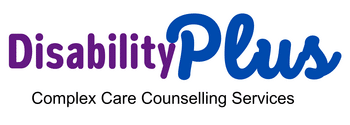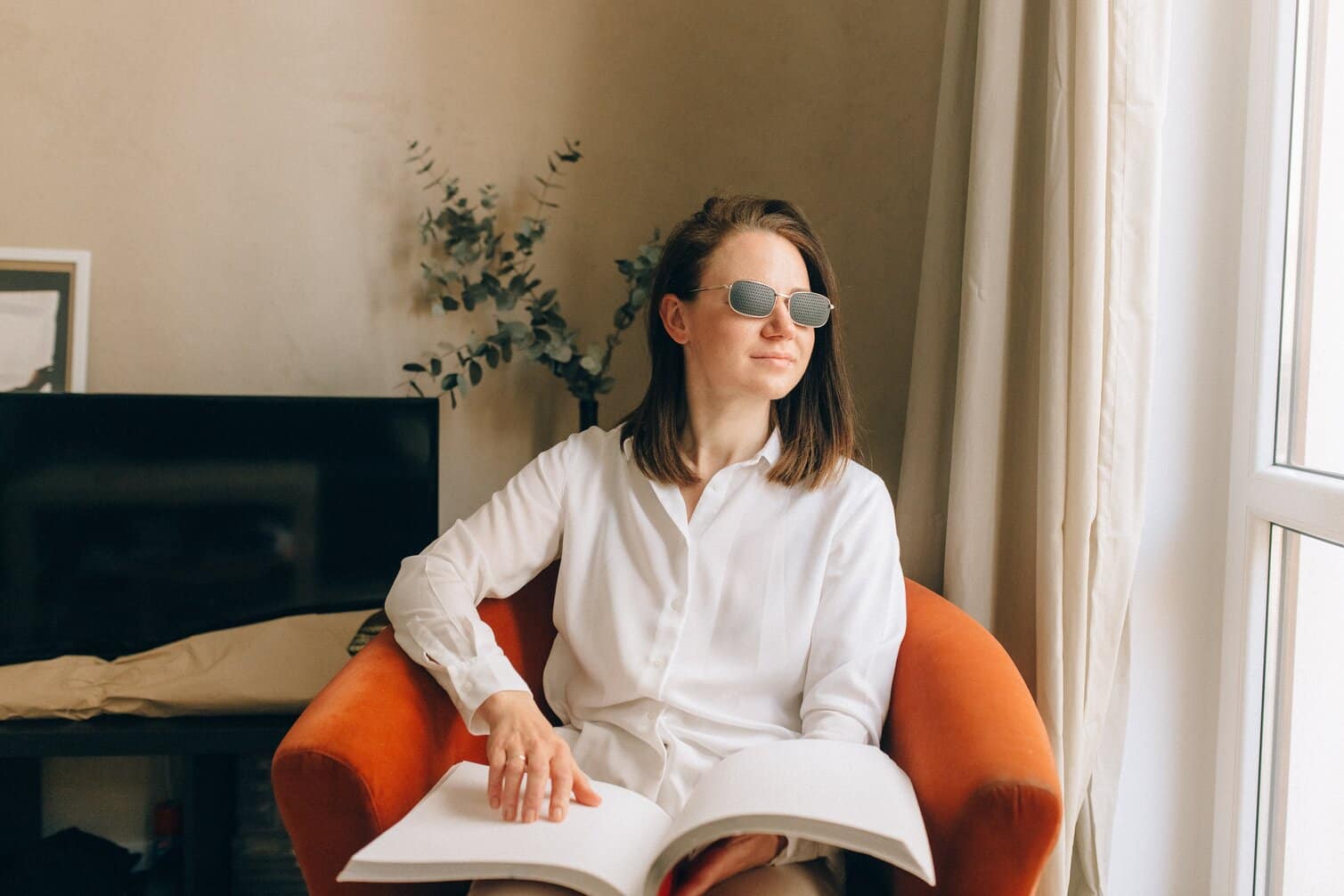Your Sight Loss Counselling
♣ Counsellors, Psychotherapists & Psychologists
♣ Male & Female Therapists
♣ Specialists in all Types of
Sight Loss
♣ Blind and Sighted Therapists
♣ Range of Funding Options
♣ Video Counselling
♣ Lived Experiences
To find out more about our Sight
Loss Counselling Press anywhere
in this Box
Free Funding
♣ Applications 18+
♣ Discharged from Local NHS
Counselling Service as Unsuitable
for their Counselling (IAPT)
♣ Free Assessment Session
If you have been discharged as unsuitable select anywhere in
this box and we will apply
for Specialist Sight Loss
Counselling for you.
Other Referrals
♣ Referring Someone or referring
myself as a:
♣ Partner
♣ Parents
♣ Siblings
♣ Extended Family
Enquiries
♣ Ask a general question
♣ Reply within 24 hours
Monday to Friday
♣ Enquire about how
we support people in counselling
♣ WhatsApp, Email, Contact form & Telephone
Your Sight Loss Counselling
♣ Counsellors, Psychotherapists & Psychologists
♣ Male & Female Therapists
♣ Specialists in all Types of Sight Loss
♣ Blind and Sighted Therapists
♣ Range of Funding Options
♣ Video Counselling
♣ Lived Experiences
To find out more about our Sight
Loss Counselling Press anywhere
in this Box
Enquiries
♣ Ask a general question
♣ Reply within 24 hours
Monday to Friday
♣ Enquire about how
we support people in counselling
♣ WhatsApp, Email, Contact form & Telephone
Free Funding
♣ Applications 18+
♣ Discharged from Local NHS
Counselling Service as Unsuitable
for their Counselling (IAPT)
♣ Free Assessment Session
If you have been discharged as unsuitable select anywhere in
this box and we will apply
for Specialist Sight Loss
Counselling for you.
Other Referrals
♣ Referring Someone or referring
myself as a:
♣ Partner
♣ Parents
♣ Siblings
♣ Extended Family
Professional Referrals
♣ Affordable
♣ Experienced
♣ Reports
♣ Accredited Counsellors, Psychotherapists & Psychologists
Your Sight Loss Counselling
♣ Counsellors, Psychotherapists & Psychologists
♣ Male & Female Therapists
♣ Specialists in all Types of Sight Loss
♣ Blind and Sighted Therapists
♣ Range of Funding Options
♣ Video Counselling
♣ Lived Experiences
To find out more about our Sight
Loss Counselling Press anywhere
in this Box
Free Funding
♣ Applications 18+
♣ Discharged from Local NHS
Counselling Service as Unsuitable
for their Counselling (IAPT)
♣ Free Assessment Session
If you have been discharged as unsuitable select anywhere in
this box and we will apply
for Specialist Sight Loss
Counselling for you.
Professional Referrals
♣ Affordable
♣ Experienced
♣ Reports
♣ Accredited Counsellors, Psychotherapists & Psychologists
Other Referrals
♣ Referring Someone or referring
myself as a:
♣ Partner
♣ Parents
♣ Siblings
♣ Extended Family
Enquiries
♣ Ask a general question
♣ Reply within 24 hours
Monday to Friday
♣ Enquire about how
we support people in counselling
♣ WhatsApp, Email, Contact form & Telephone




